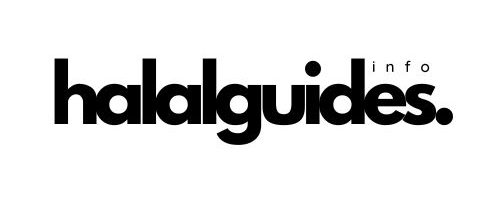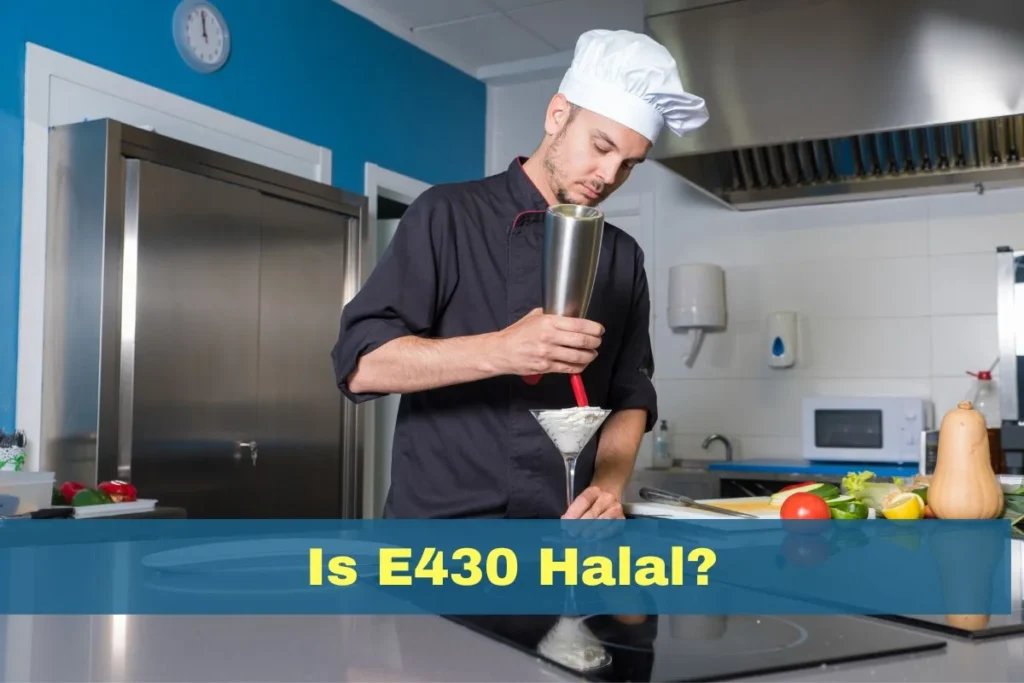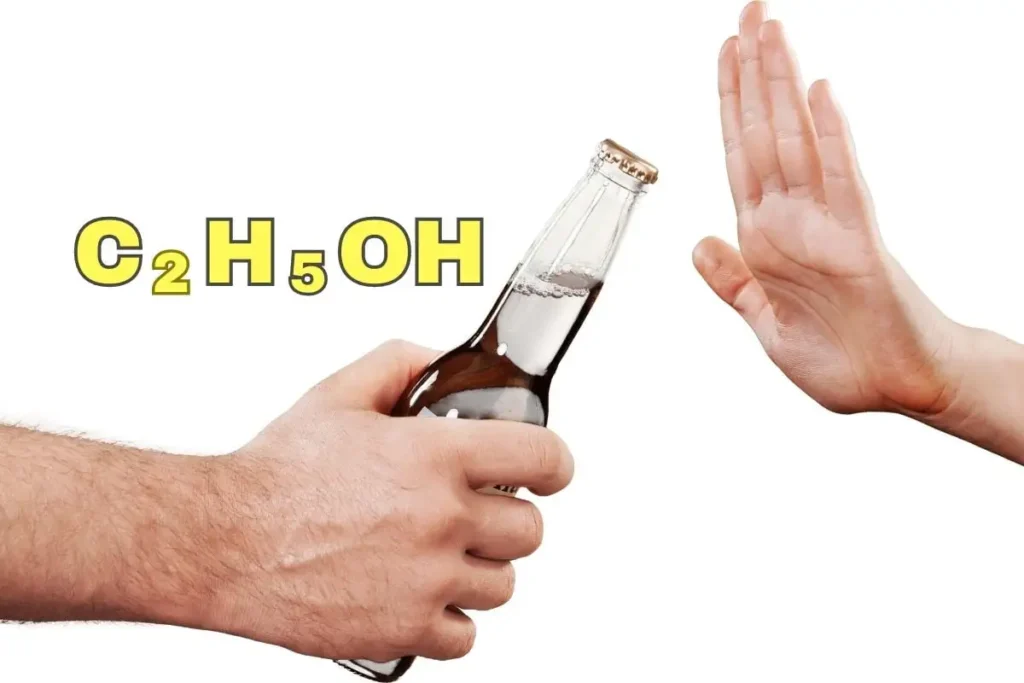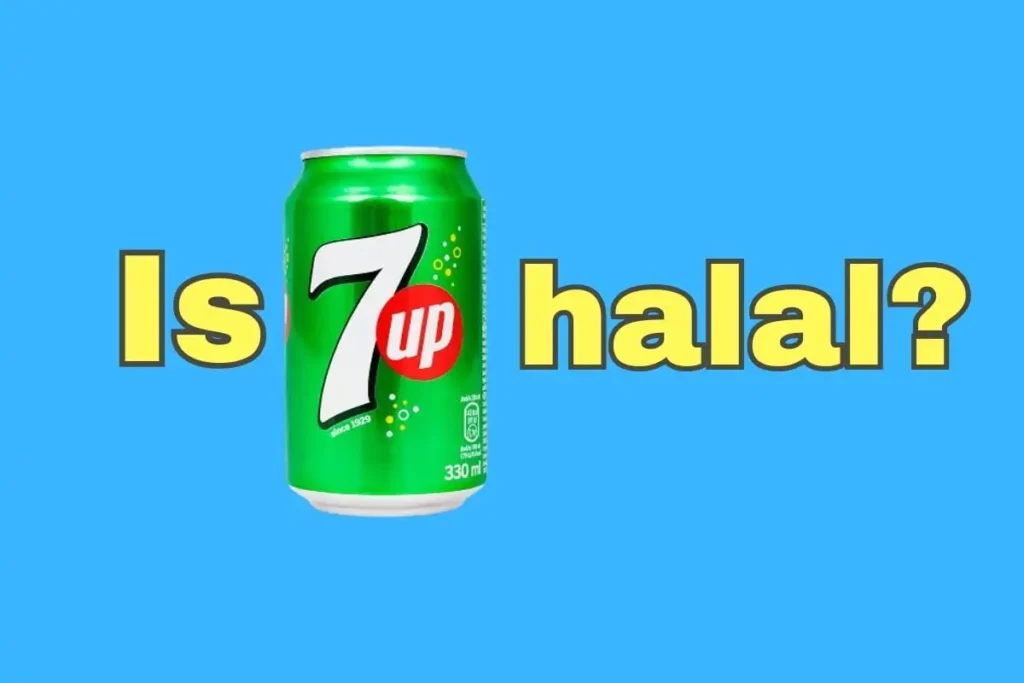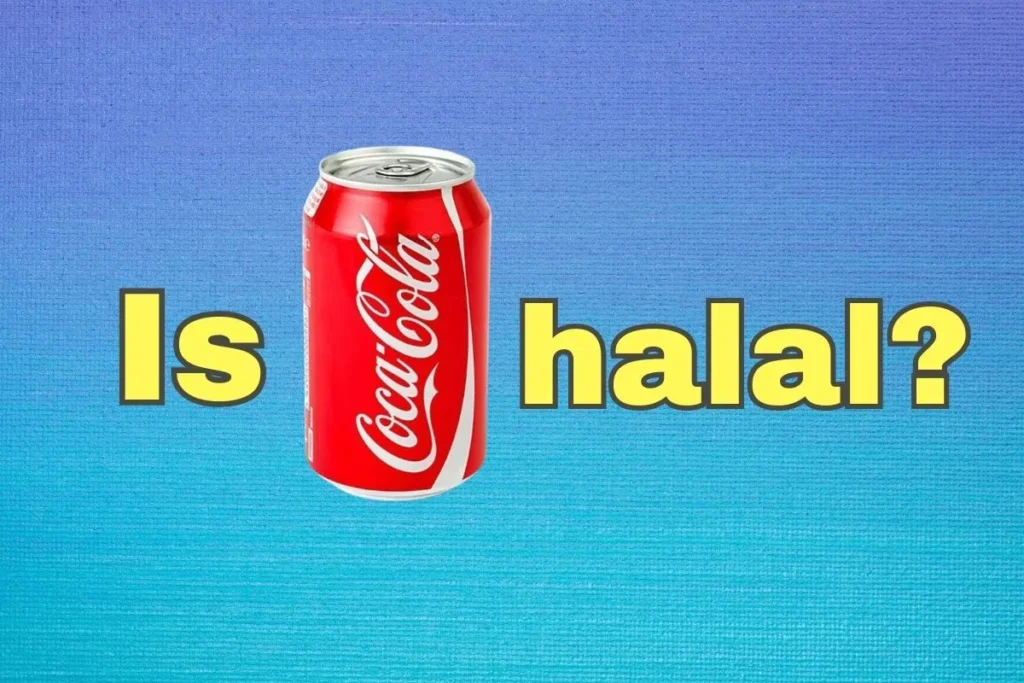Welcome, my esteemed readers, to this enlightening article where we delve into the intriguing world of E430 and its halal status. In the vast universe of food additives, E430 has sparked curiosity and raised questions among those seeking halal-certified products.
Today, I shall serve as your steadfast guide, providing you with detailed insights into E430 – its nature, chemical structure, source, potential side effects, regulations, and of course, the burning question: is E430 halal or haram?
Key Takeaways
| 📌 E430 Essentials: E430, aka Polyoxyethylene, is a versatile compound used in foods. It’s made from ethylene oxide, forming a unique structure that plays a role in food texture. |
| 📌 Halal Check: The halal status of E430 relies on the source of its raw materials and production methods. If derived from halal sources and processed accordingly, it can be considered halal. However, due to uncertainties, strict adherence to halal principles might lead some to explore alternatives. |
| 📌 Navigating with Knowledge: Armed with this understanding, you can confidently explore food additives, ensuring your choices align with your halal lifestyle. Stay curious, stay informed, and savor the journey toward a wholesome, halal culinary experience! 🌿🍲 |
What is E430?
E430, also known as Polyoxyethylene, is a multifaceted compound widely utilized in the food industry. But what exactly is this enigmatic E430?
Polyoxyethylene is a synthetic polymer derived from ethylene oxide. It possesses distinctive properties that make it an invaluable ingredient in various food products. So, let’s embark on our exploration of E430 and unravel its secrets!
Chemical Structure
Polyoxyethylene, with its complex chemical structure, showcases its uniqueness. It consists of a chain of ethylene oxide units, with each unit composed of two carbon atoms and four hydrogen atoms.
The repeated ethylene oxide units give rise to the polymeric structure of E430. This structural arrangement contributes to its solubility in water and its ability to act as a surfactant and emulsifier in food products.
What is E430 Made From?
The production of E430 involves the polymerization of ethylene oxide. Ethylene oxide itself is derived from the reaction of ethylene with oxygen.
It is crucial to note that the halal status of E430 depends on the source of ethylene oxide used in its production. If the ethylene oxide is derived from halal sources and undergoes halal-certified manufacturing processes, E430 may be considered halal.
Possible Side Effects
While E430 is generally recognized as safe for consumption, it is important to be aware of potential side effects, especially when consumed in excessive amounts. Some individuals may experience hypersensitivity or allergic reactions to E430.
Additionally, as a surfactant, E430 may have mild irritant effects on the skin and eyes. It is advisable to moderate consumption and be mindful of any adverse reactions that may occur.
Regulations and Guidelines (Update)
The regulations and guidelines governing the use of E430 in food products may vary across different countries and regions. In the United States, the Food and Drug Administration (FDA) has evaluated the safety of E430 and categorized it as generally recognized as safe (GRAS) for its intended uses in food.
The European Food Safety Authority (EFSA) has also assessed the safety of E430 and concluded that it can be used as a food additive within specified limits.
For the most up-to-date information on the regulations and guidelines regarding the use of E430 in your specific region, it is recommended to consult the official websites of relevant regulatory authorities, such as the FDA or EFSA.
(FDA GRAS Substances Database)
Dosage and Administration (Update)
The recommended dosage and administration of E430 may vary depending on the specific food product and its intended purpose. It is crucial to follow the guidelines and instructions provided by the regulatory authorities and food manufacturers.
The acceptable daily intake (ADI) of E430 is determined based on extensive toxicological evaluations and is established to ensure safety when consumed within specified limits.
Is E430 Halal or Haram?
Now, let’s address the burning question: Is E430 halal or haram? The halal status of E430 depends on the source of its raw materials and the processes involved in its production.
If E430 is derived from halal sources and undergoes manufacturing processes that comply with halal requirements, it may be considered halal. However, if it is derived from non-halal sources or undergoes processing involving non-halal substances, it may be classified as haram.
Due to this, the legal standing of the E430 is uncertain. For individuals who adhere strictly to the Muslim faith, it is recommended to explore alternative products.
Find out more:
Is E422 Halal or Haram?
Is E431 Halal or Haram?
Conclusion
Now, armed with knowledge about E430, you can navigate the world of food additives with confidence and make informed choices that align with your dietary preferences and requirements.
Remember, knowledge is power, and understanding the ingredients in your food empowers you to make conscious decisions. Stay curious, stay informed, and enjoy your journey towards a wholesome and halal lifestyle!
Allahu A’lam (Allah Knows Best)
FAQ
What is the source of E430?
The source of E430 is ethylene oxide, which is derived from the reaction of ethylene with oxygen. It is crucial to ensure that the ethylene oxide used in the production of E430 comes from halal sources to maintain its halal status.
Is E430 safe for consumption?
E430 is generally recognized as safe for consumption when used within specified limits. However, some individuals may experience hypersensitivity or allergic reactions to E430. It is advisable to moderate consumption and be mindful of any adverse reactions.
What are some common food products that contain E430?
E430 is commonly found in various food products, including baked goods, dairy products, beverages, sauces, dressings, and processed meats. It serves as a surfactant and emulsifier, contributing to the texture and stability of these food items.
What is the CAS number of E430?
The CAS (Chemical Abstracts Service) number of E430 is 9004-82-4. This unique identifier helps identify and classify chemical substances.
Is E430 banned in any country?
As of my research, I could not find any information indicating that E430 is banned in any specific country or region. However, it is essential to stay updated on the regulations and guidelines of your country or region to ensure compliance.
- Is Pop Tarts Halal? What You Need to Know - February 18, 2024
- Are Graham Crackers Halal in Islam? - January 19, 2024
- Is Keebler Wheatables Halal? - January 18, 2024
